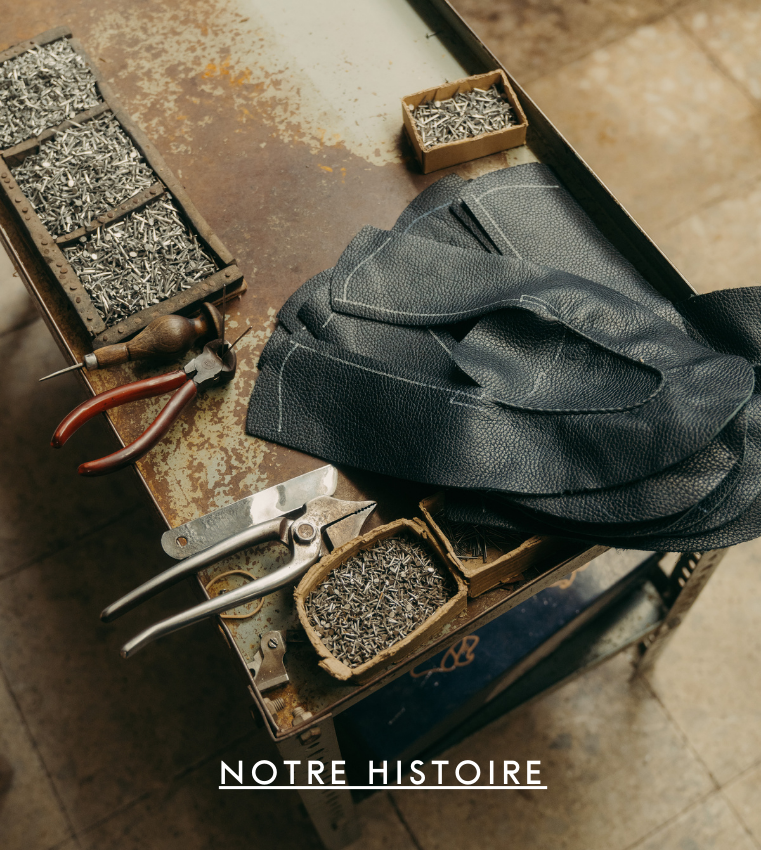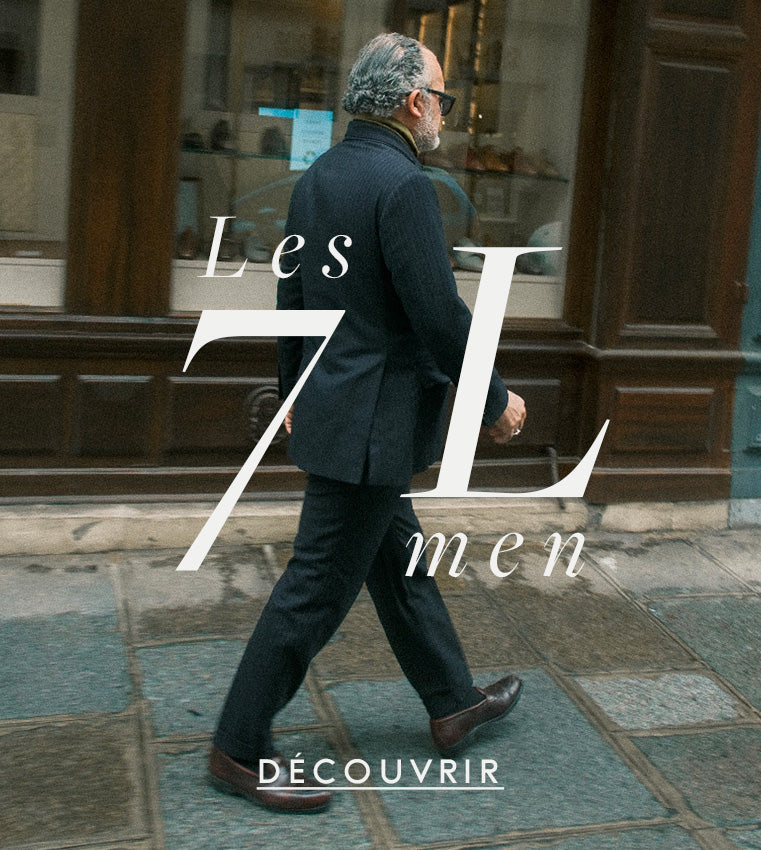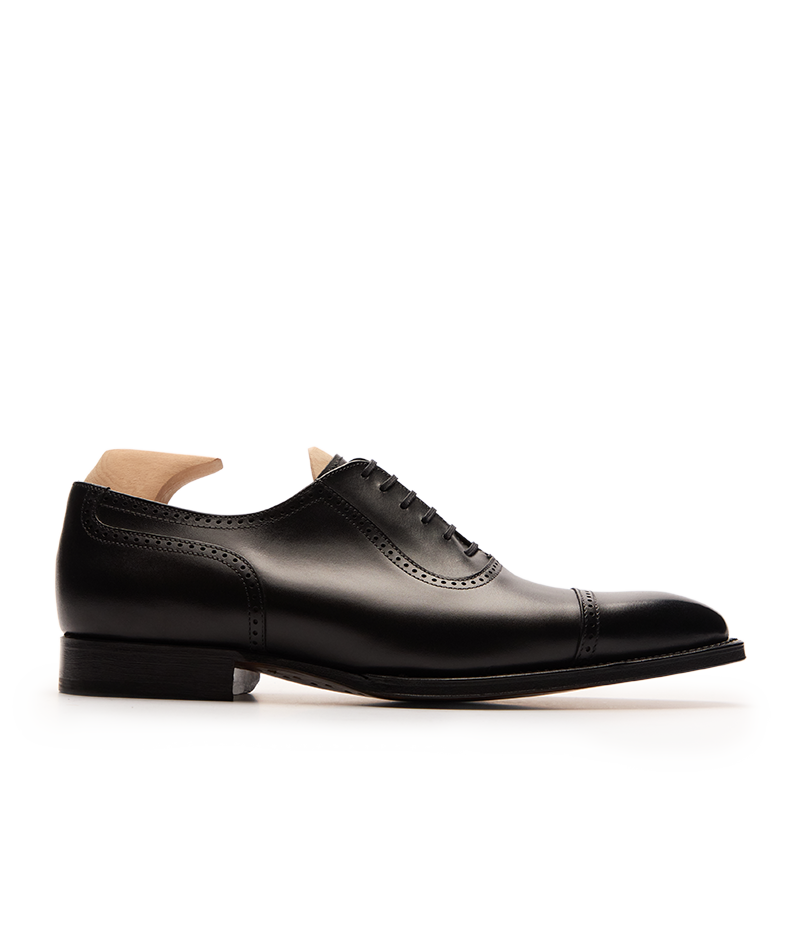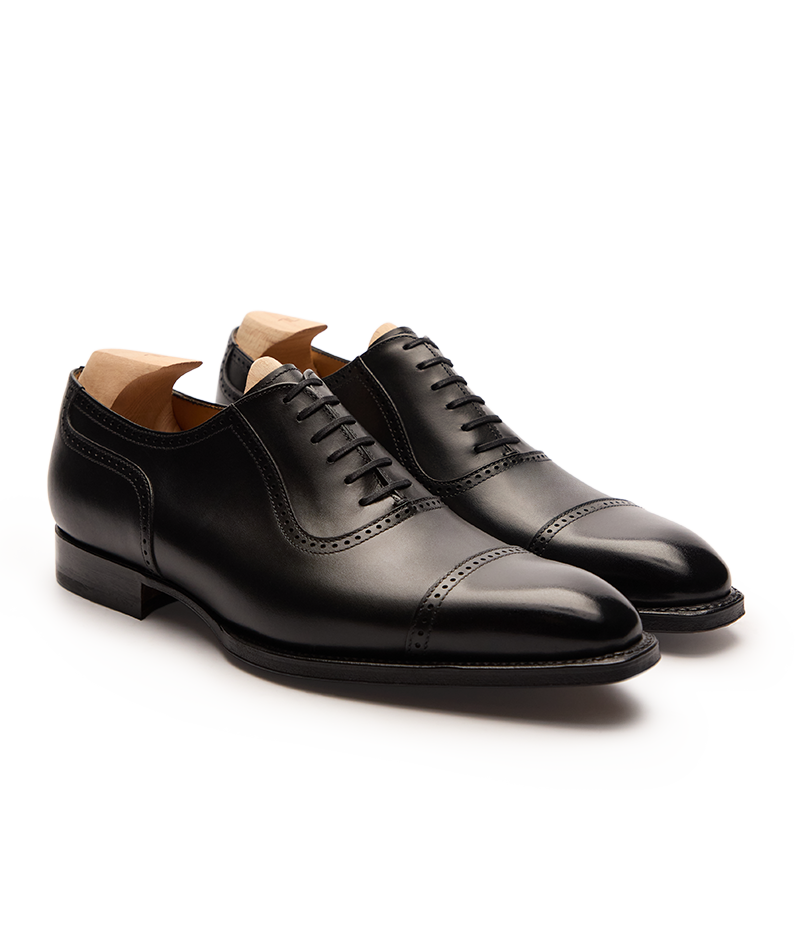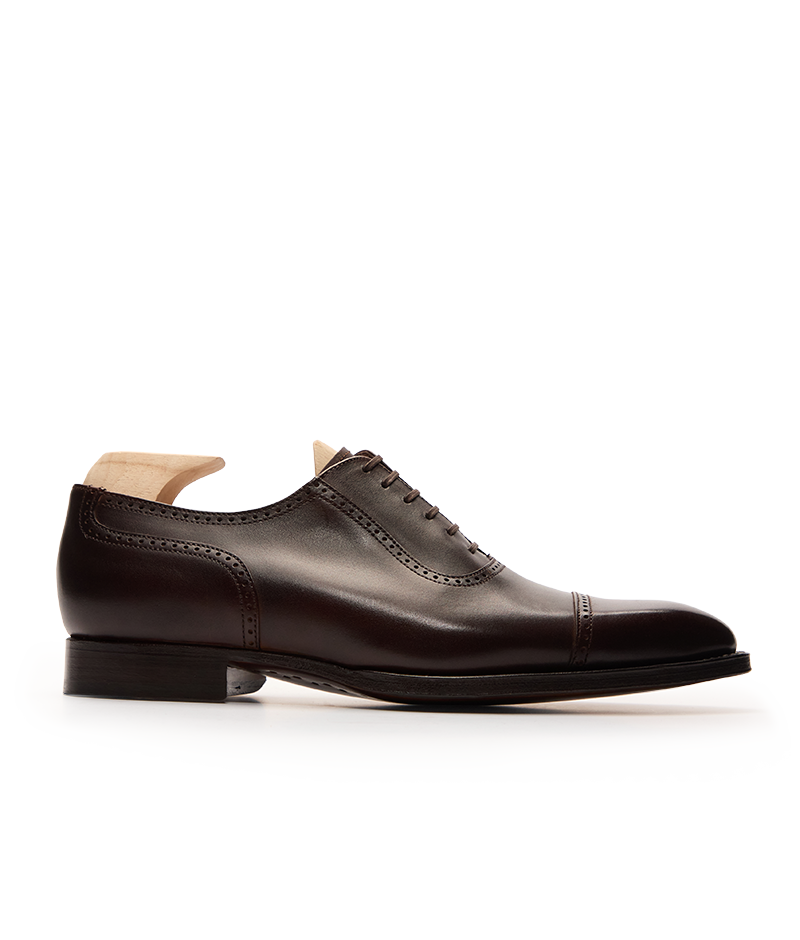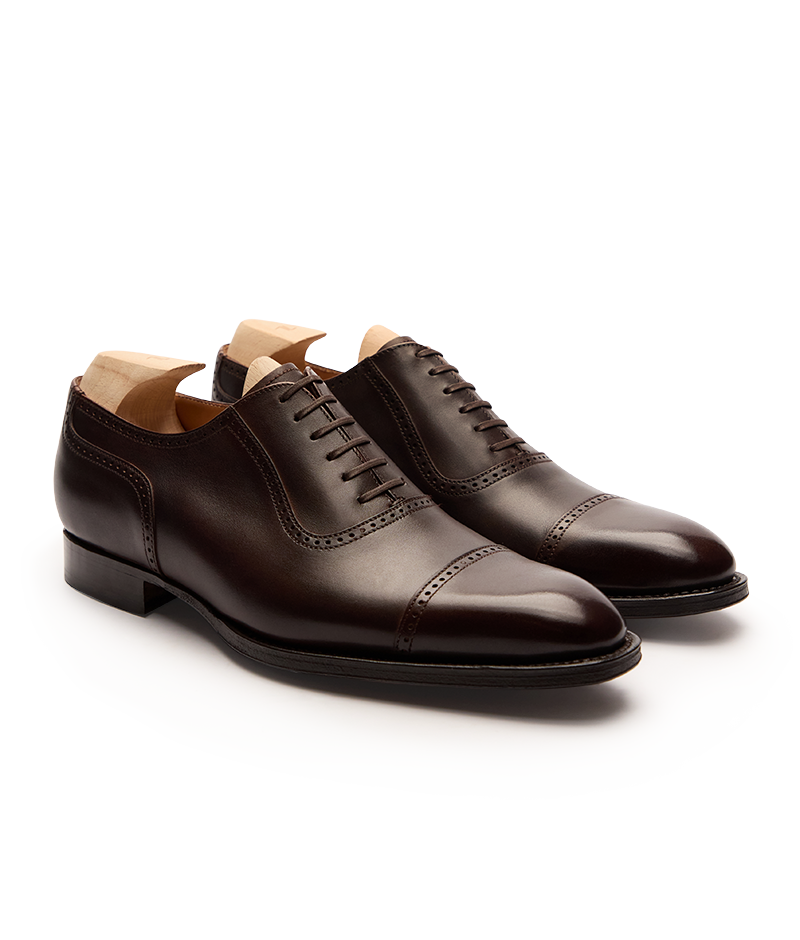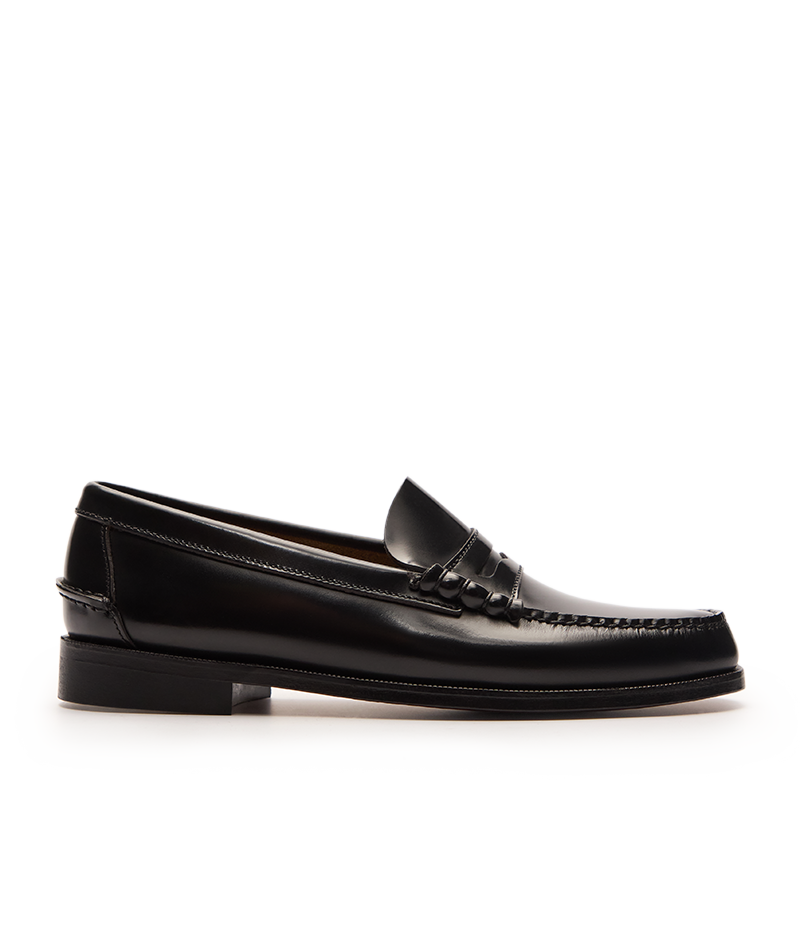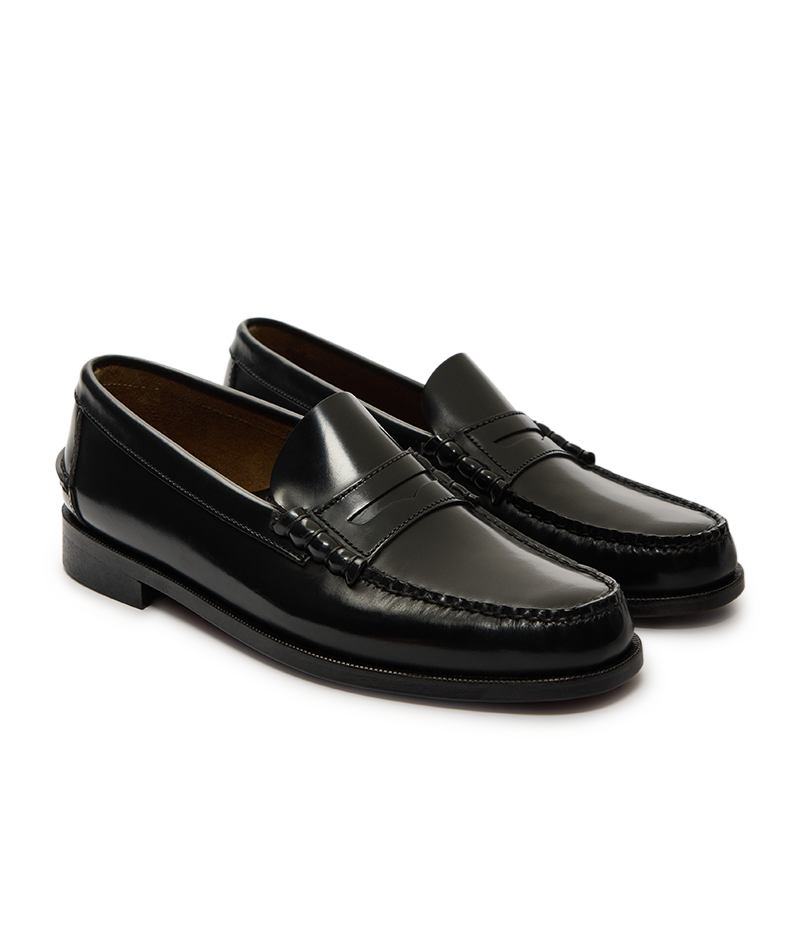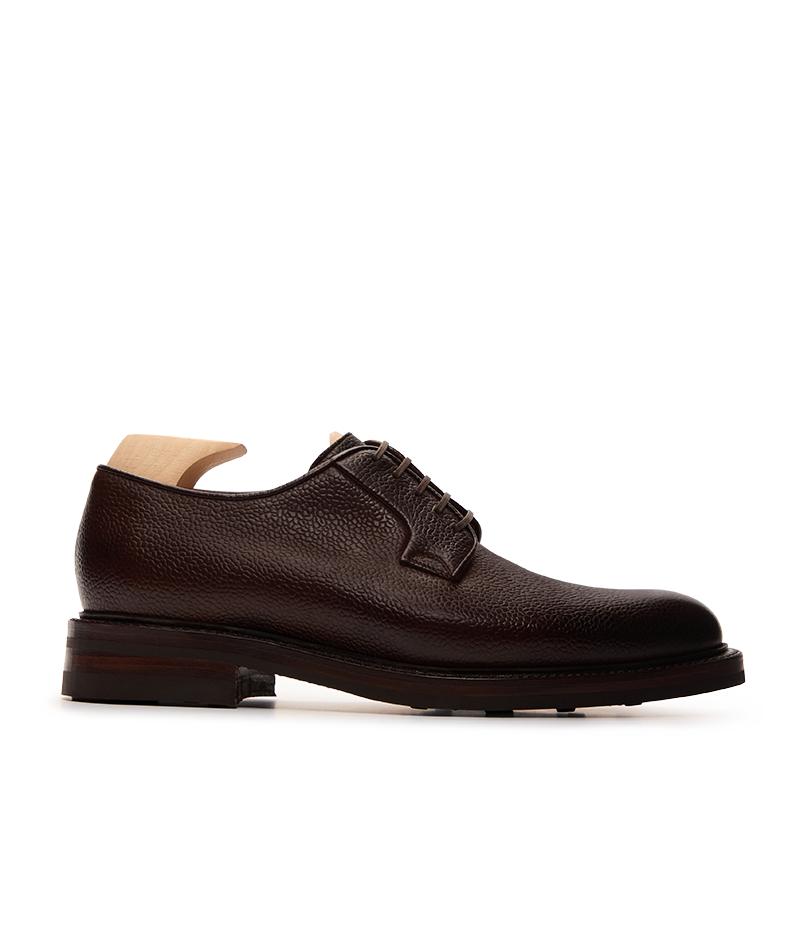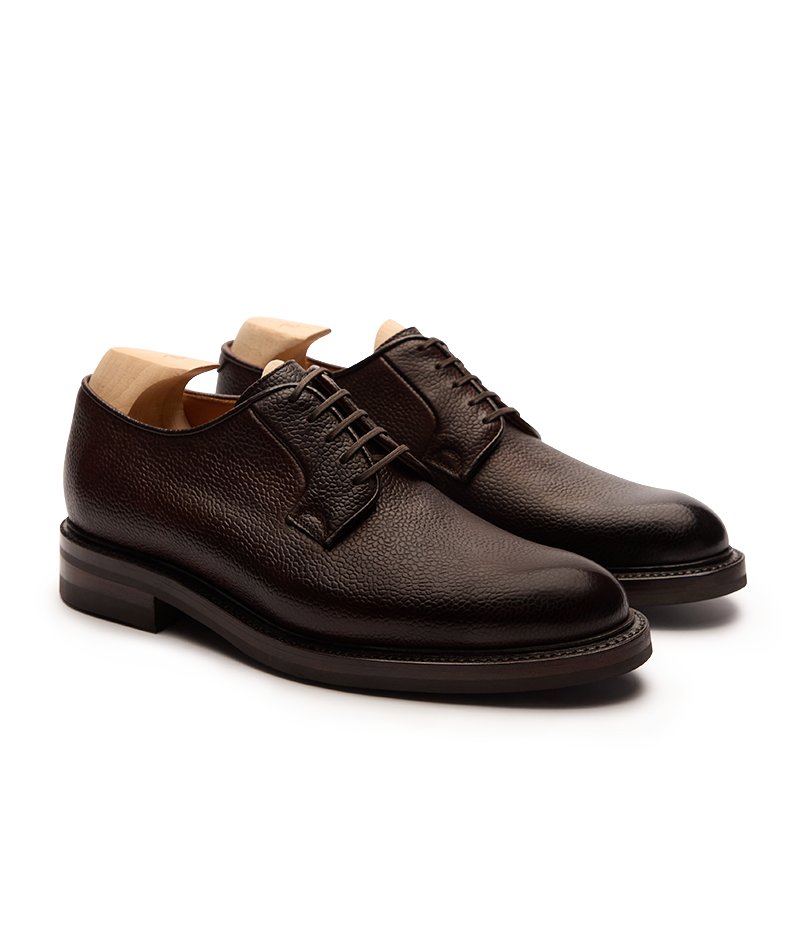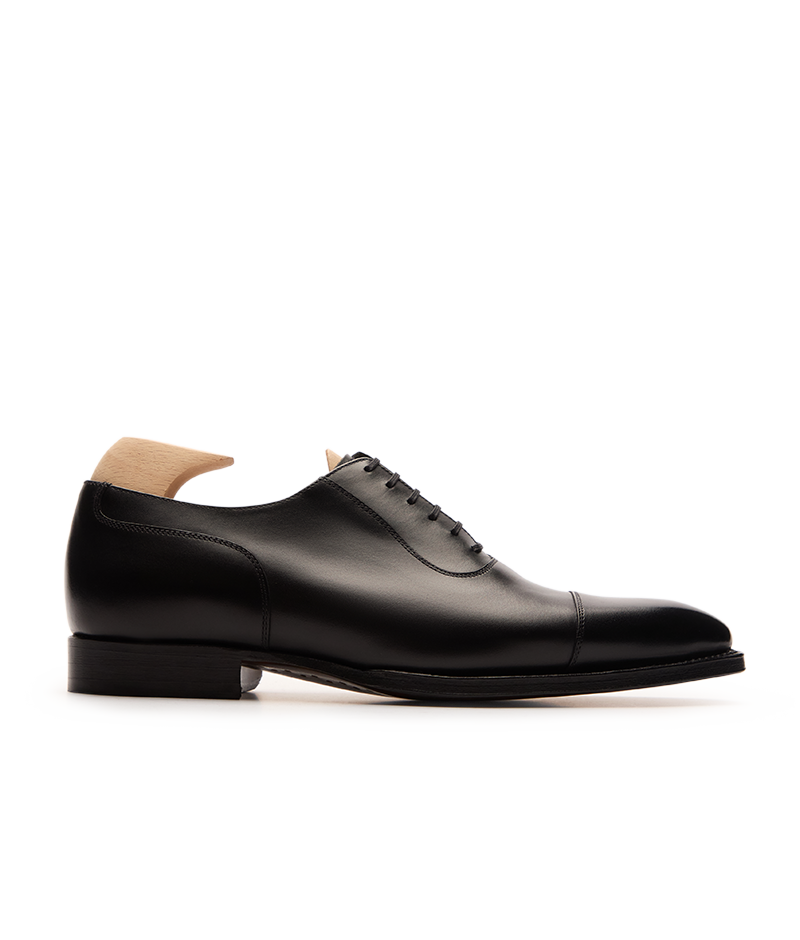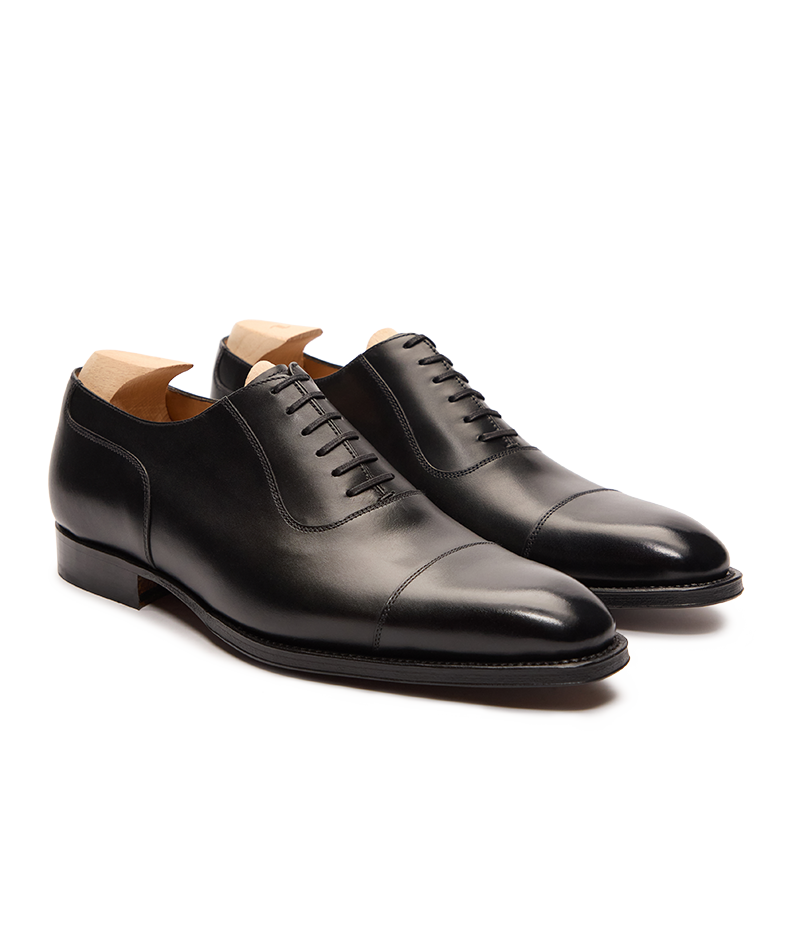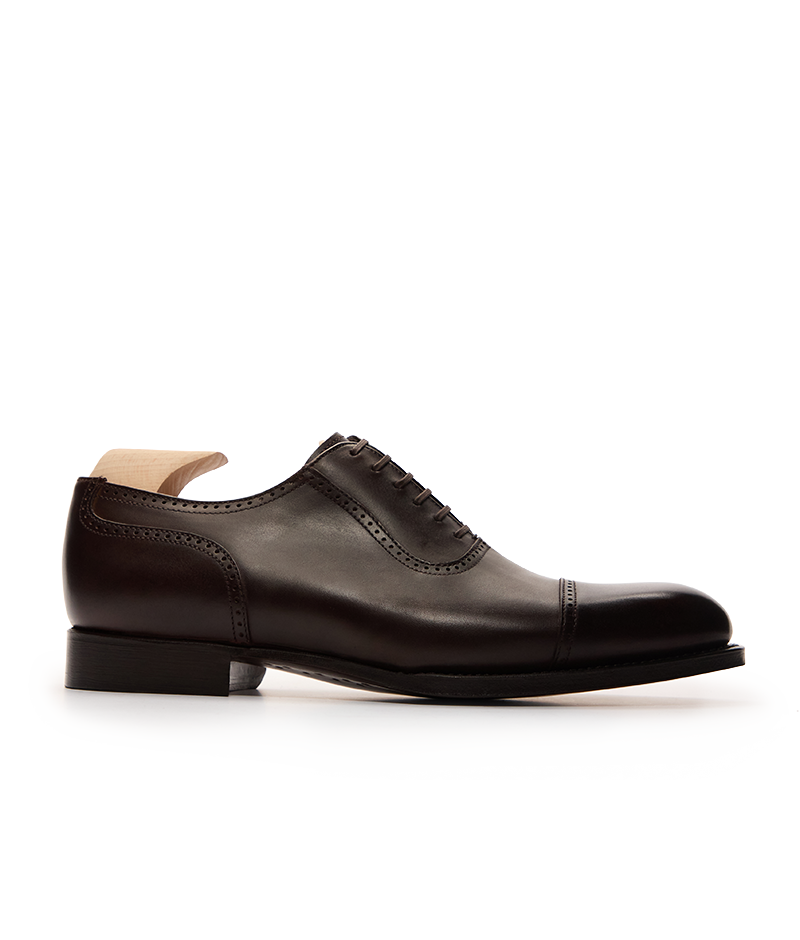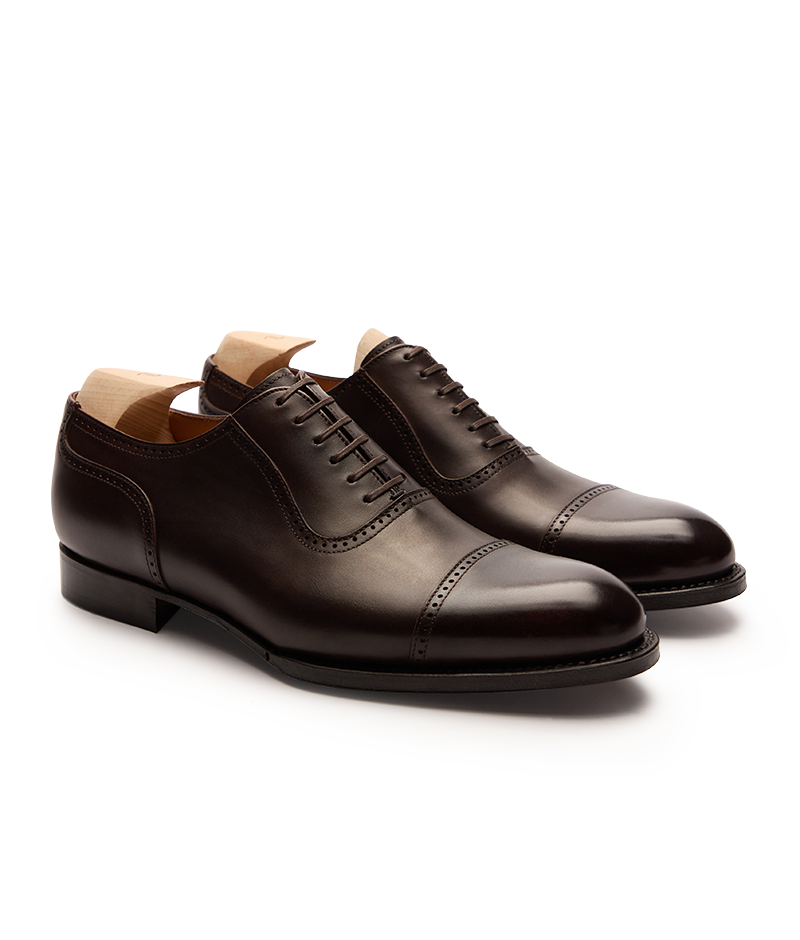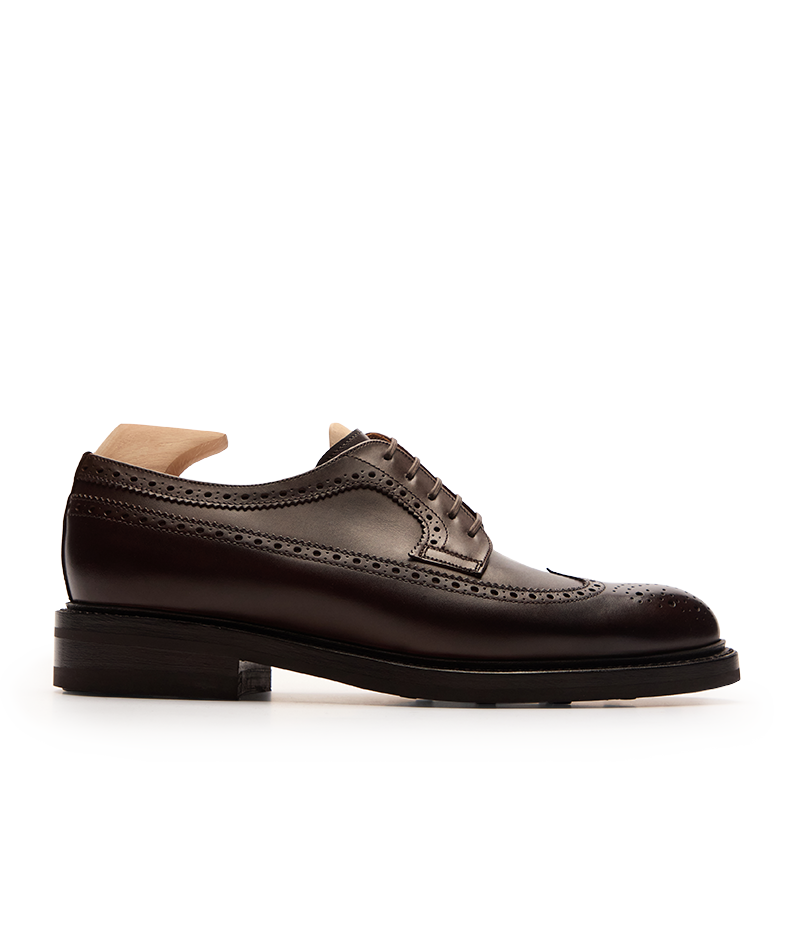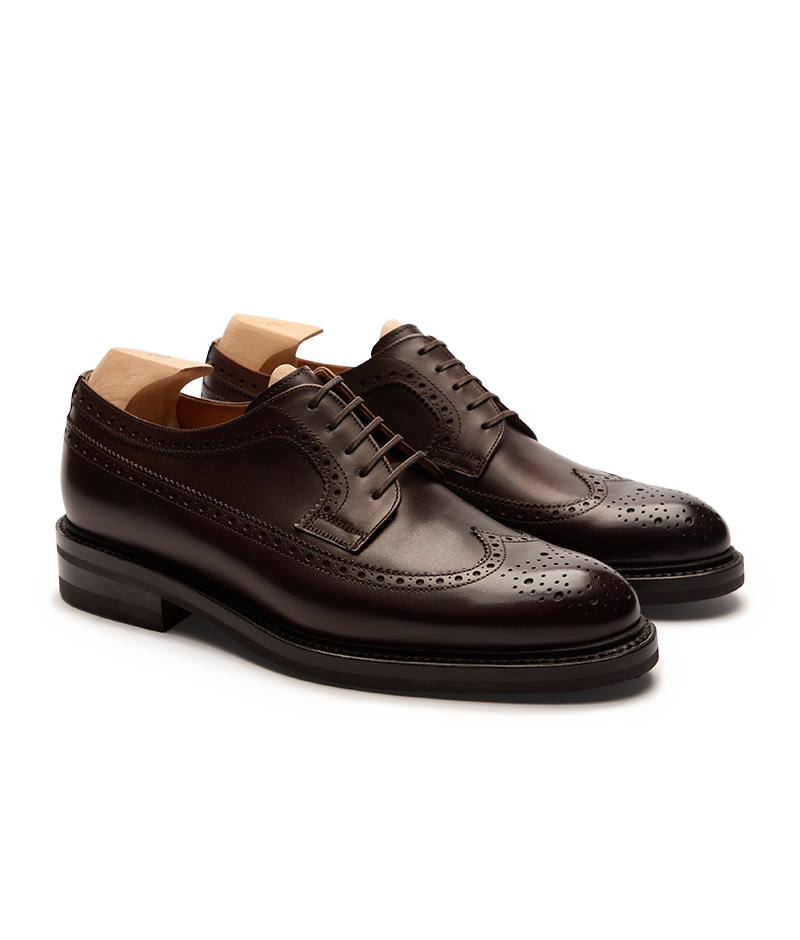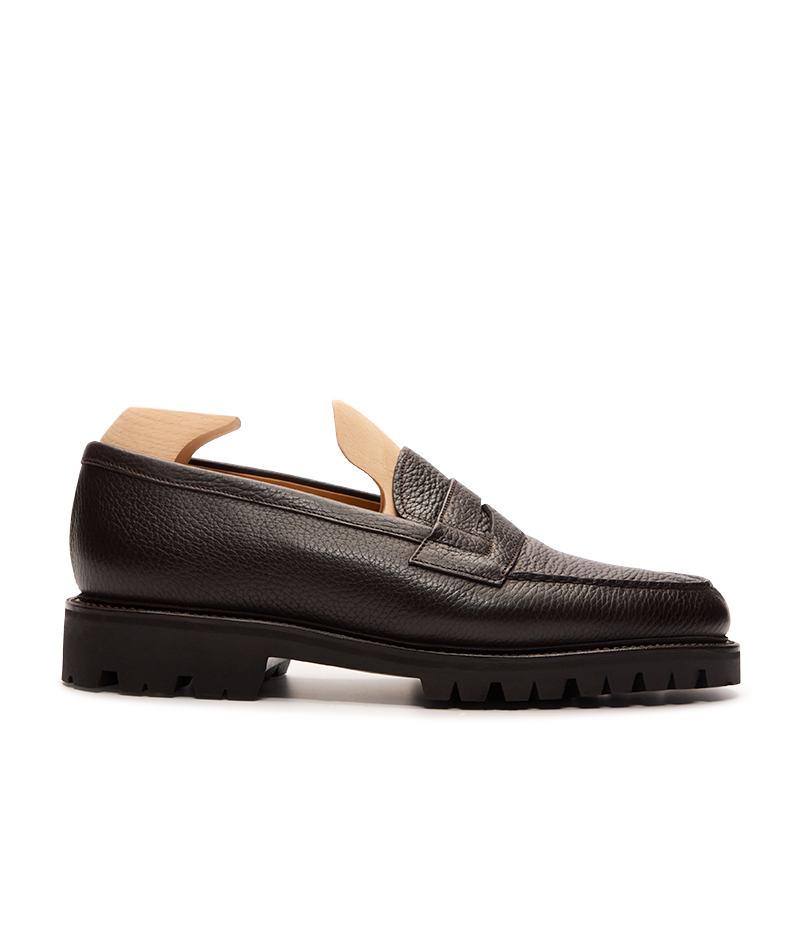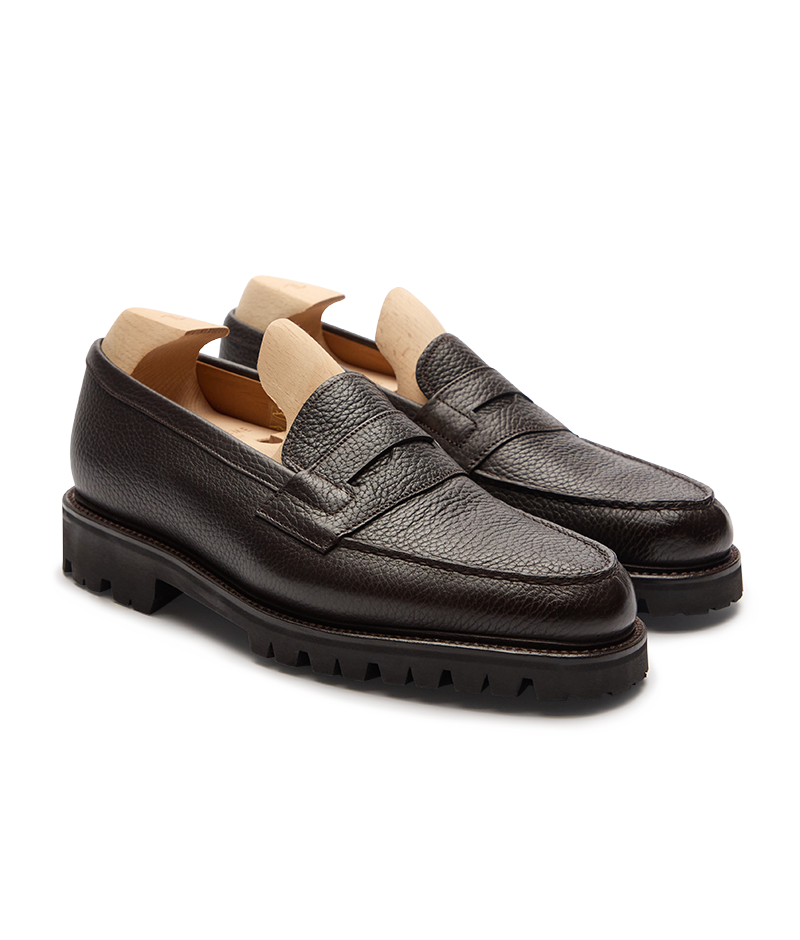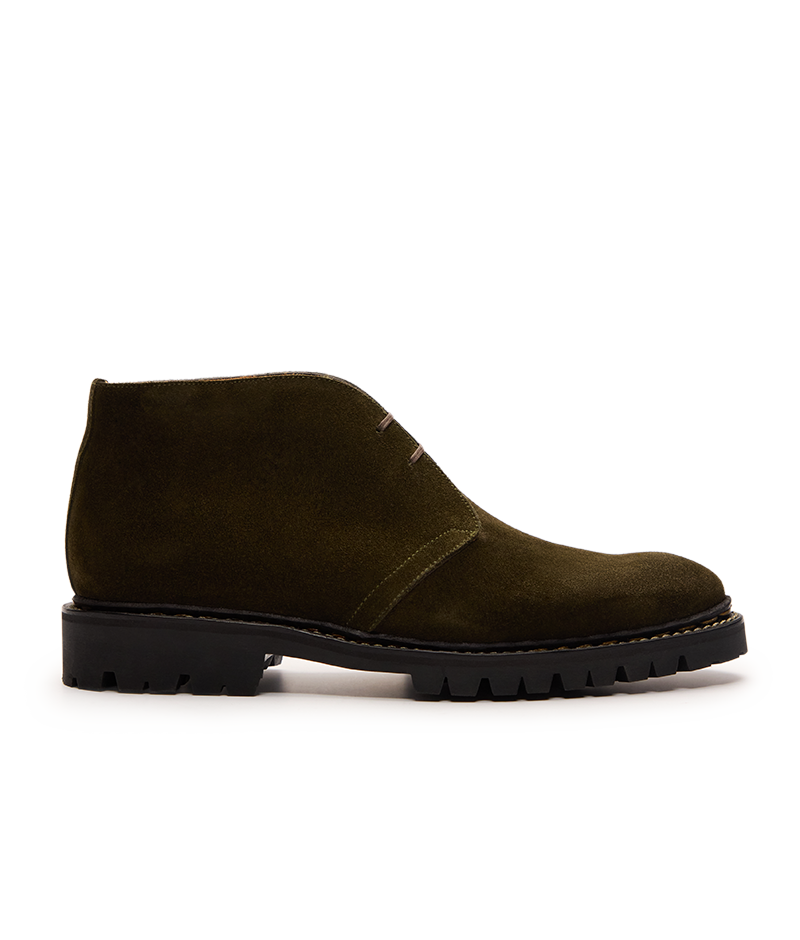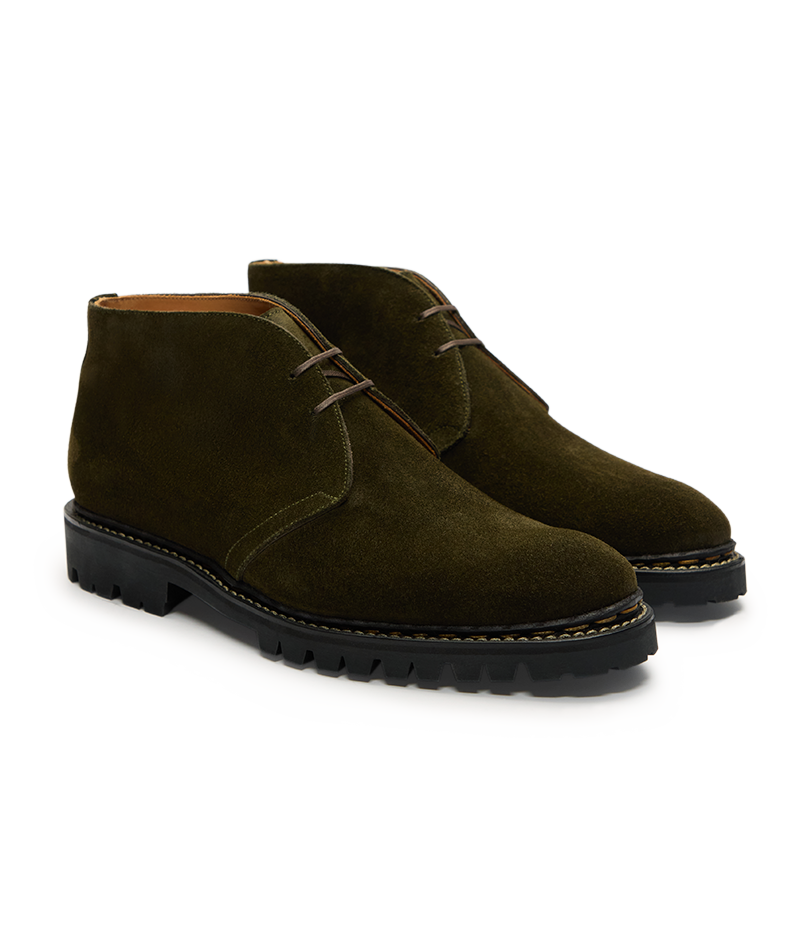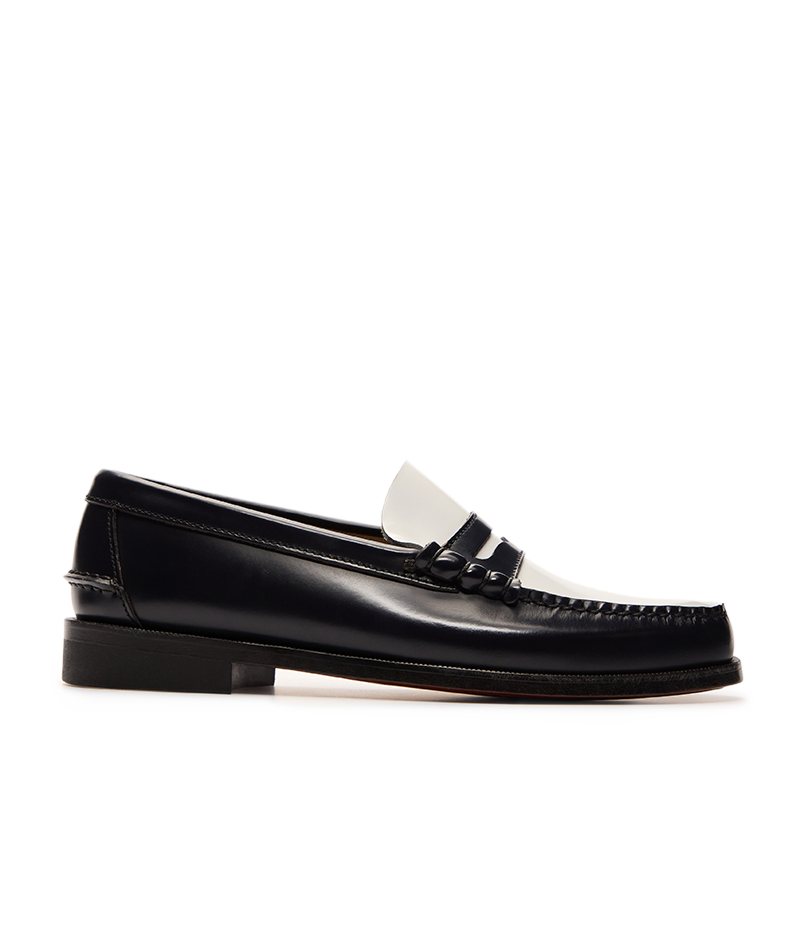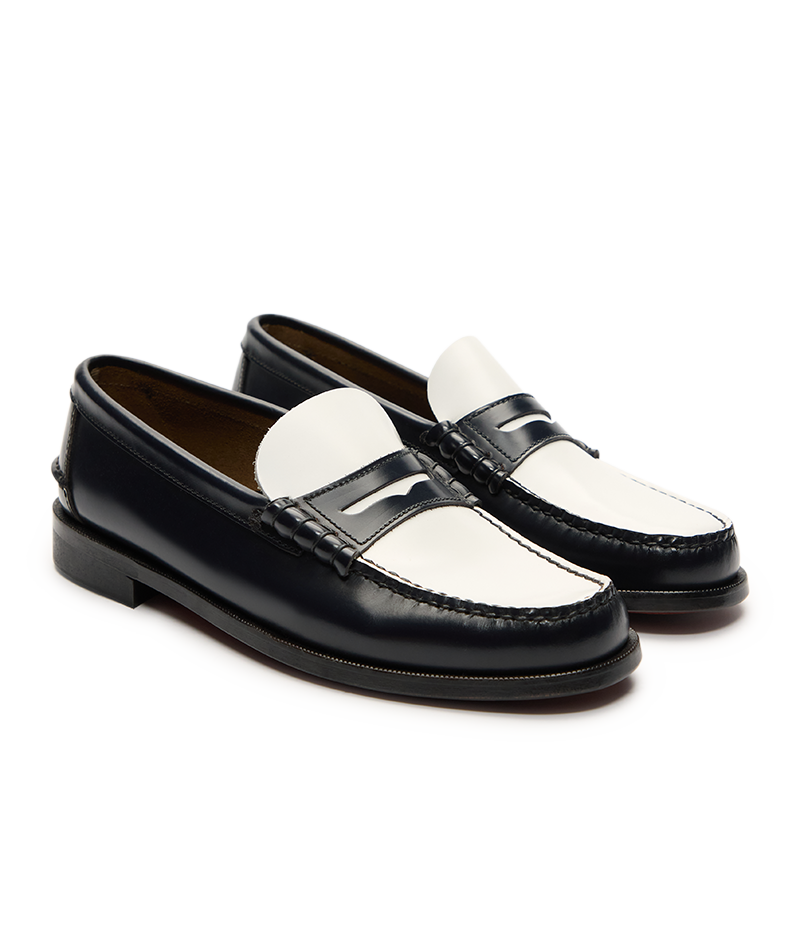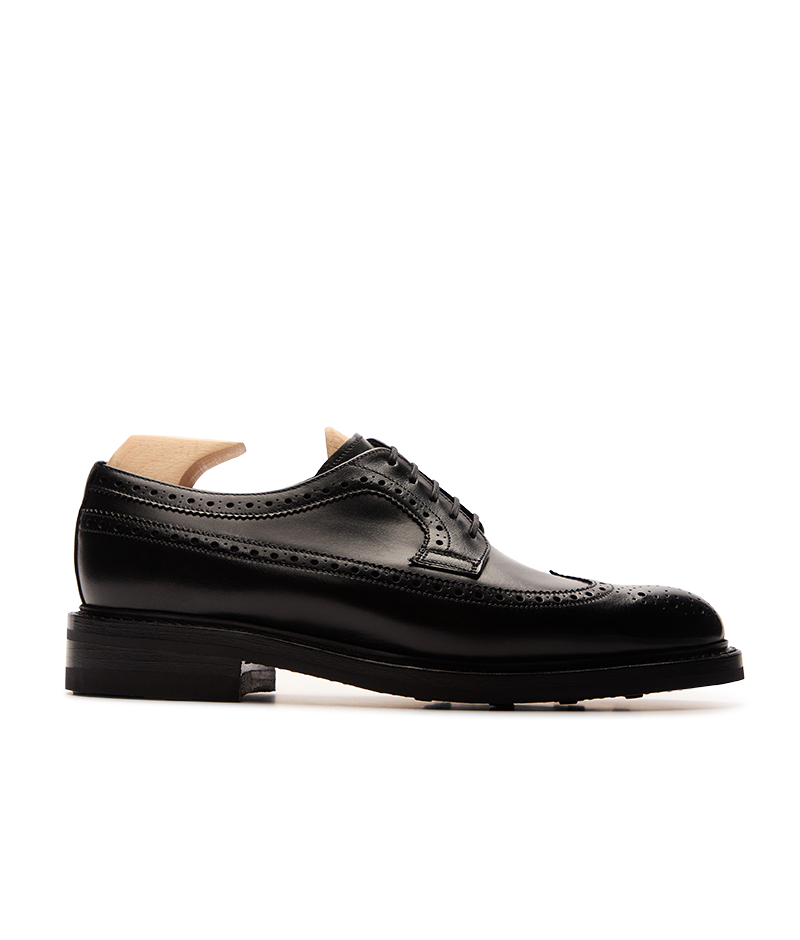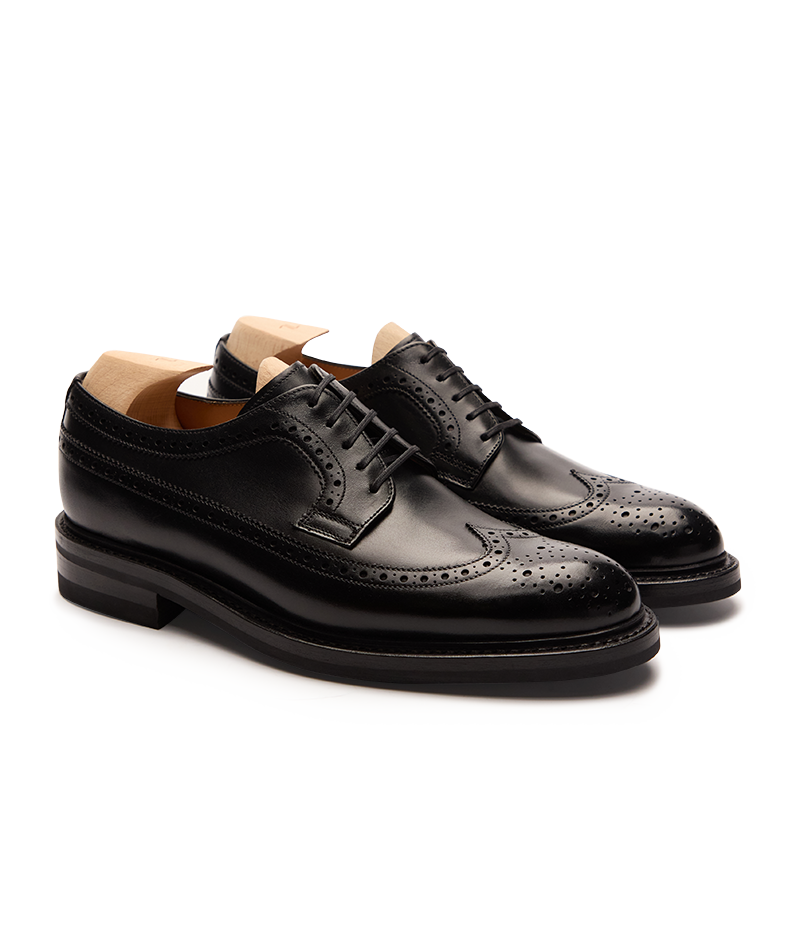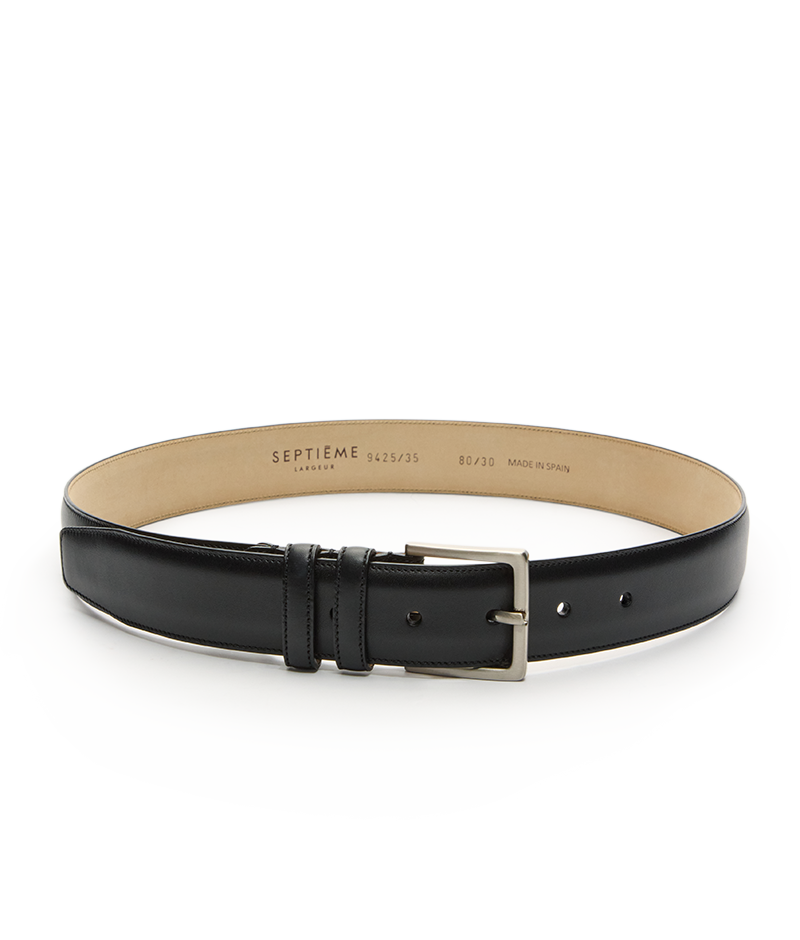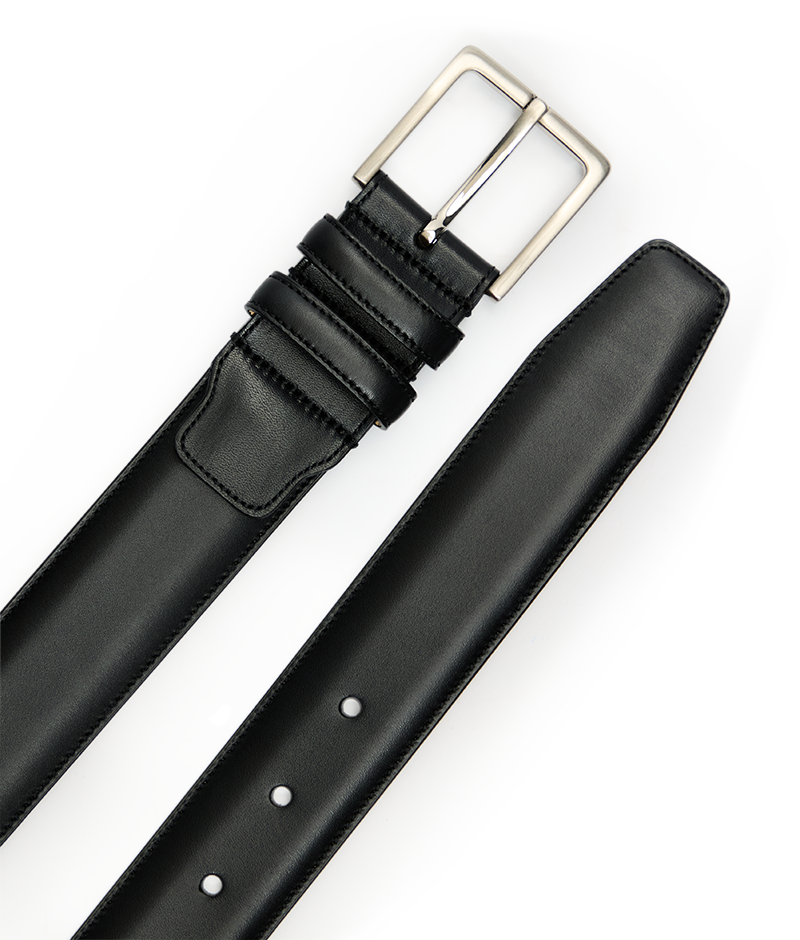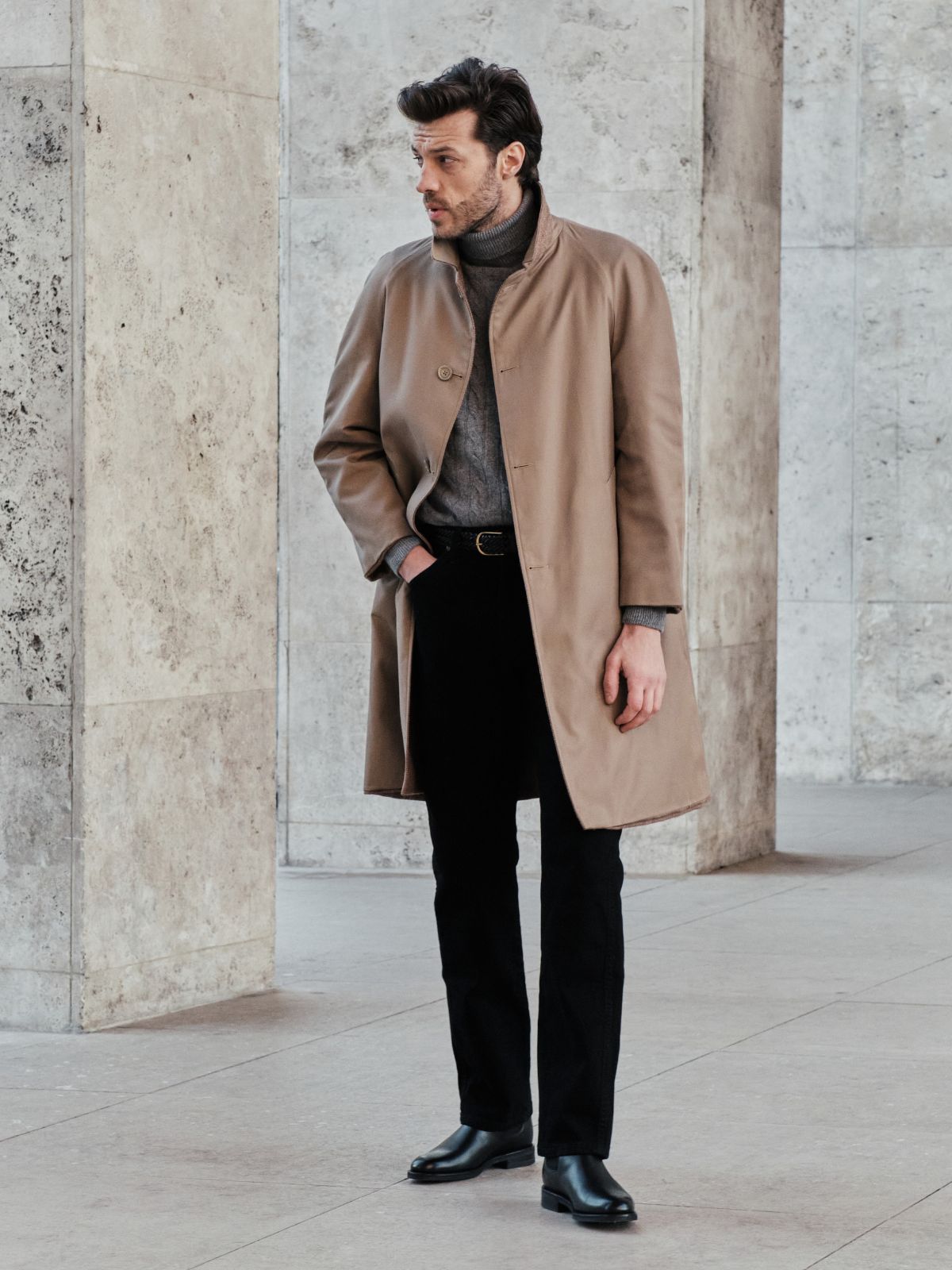The Autumn
Joffre
199 last - Black box calf - Leather sole
Joffre
199 last - Chocolate crust calf - Leather sole
Ivy
790 last - Black bookbinded - Leather sole
Anduze Dainite
237 last - Chocolate grained calf - Dainite sole
Alexandre
199 last - Black box calf - Leather sole
Joffre
206 last - Chocolate crust calf - Leather sole
Smith
237 last - Chocolate crust calf - Dainite sole
Classic Moc Commando
7751 last - Chocolate grained calf - Vibram sole
Chukka Commando
237 last - Military suede calf - Vibram sole
Ivy
790 last - Navy and white bookbinded - Leather sole
Smith Dainite
237 last - Black box calf - Dainite sole
Classic belt
Black box calf
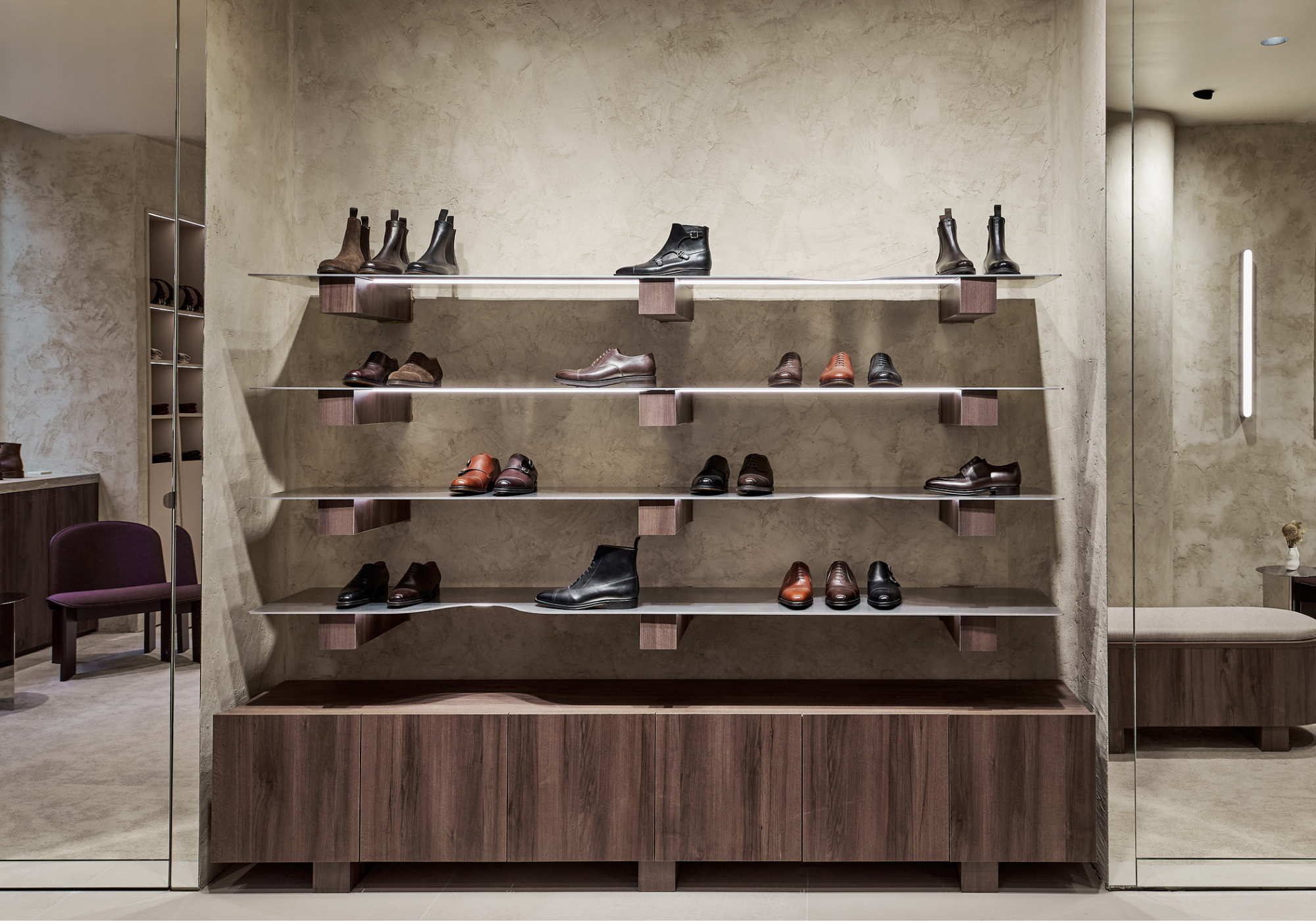
Where to find us?
Stores
Découvrez nos collections, guidés par nos conseillers souliers dans nos boutiques parisiennes.
